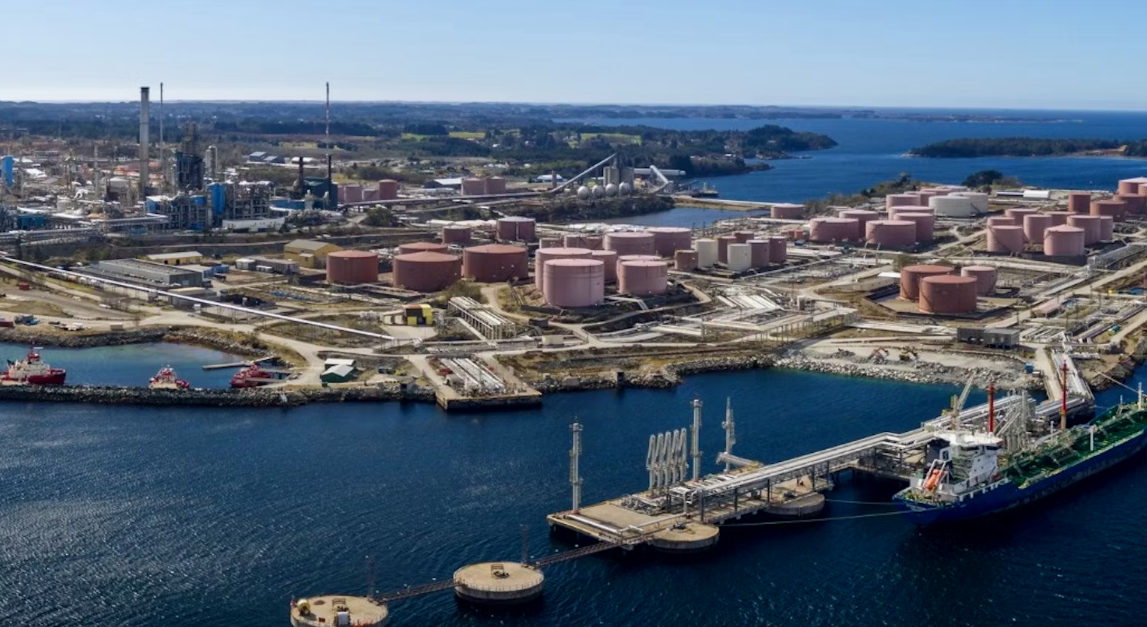As global energy systems shift toward low-carbon alternatives, Norway is making a decisive move to introduce small modular reactors (SMRs) into its energy portfolio. The country is now developing several SMR projects through local partnerships while evaluating advanced international technologies—most notably, Korea’s i‑SMR design—as part of a multi-track deployment strategy.

The planned SMR plant would be built near the Mongstad oil refinery, about 60 km south of Bergen in the southwest of Norway.(Image: Equinox)
In June 2025, Norsk Kjernekraft and the Municipality of Austrheim established Fensfjorden Kjernekraft AS to develop a new SMR facility near the Mongstad refinery, Norway’s largest point source of CO₂ emissions. The proposed plant will deploy multiple SMR units with a total capacity of 1,280 MWe, capable of generating over 10 TWh annually.
Elsewhere, Halden Kjernekraft AS has submitted a proposal to build four SMRs totaling 1,200 MWe, while a third project is under development in the Aure/Heim industrial region with a planned capacity of 1,500 MWe. These initiatives collectively reflect Norway’s move toward a decentralized but coordinated national SMR program.
Norway’s SMR strategy hinges not only on domestic deployment but also on the global supply chain. Following a collaboration agreement with U.S.-based X-Energy, Norsk Kjernekraft signed a memorandum of understanding with Korea Hydro & Nuclear Power (KHNP) and Doosan Enerbility in July 2025 to evaluate the i‑SMR, a 170 MWe integral light water reactor under active development.
The i‑SMR features modular construction, enhanced passive safety systems, and a compact design. KHNP expects to complete standard design certification by 2025 and secure regulatory approval by 2028, positioning i‑SMR as a leading candidate for deployment in Europe.
Jonny Hesthammer, CEO of Norsk Kjernekraft, noted:
"We are thoroughly assessing whether the i‑SMR can meet our demands for safety, efficiency, and adaptability to the Norwegian context."
While Norway has no history of commercial nuclear power, recent public opinion has shifted. A 2024 poll by Aftenposten reported a 29% approval rate for nuclear energy—up from just 2% in 2017. This change has sparked growing interest from municipalities eager to explore SMR development for energy security and decarbonization.
Regulatory institutions such as the Norwegian Water Resources and Energy Directorate (NVE) are working to establish permitting frameworks. A national nuclear energy strategy is expected by 2026. Environmental impact assessments for initial sites have already begun.
With concrete project development, expanding site options, and global technology partnerships, Norway is rapidly evolving from nuclear abstainer to regional trailblazer. The inclusion of Korea’s i‑SMR in the evaluation process reflects a broader trend toward transcontinental collaboration in the nuclear sector. If current plans stay on track, Norway could commission its first SMR before 2035—positioning itself as a model for clean, scalable nuclear deployment in the 21st century.